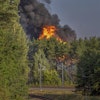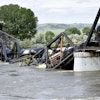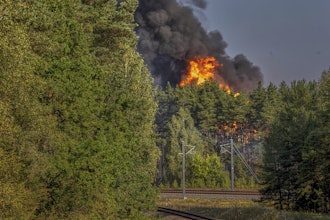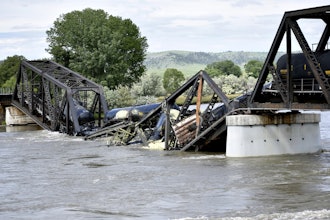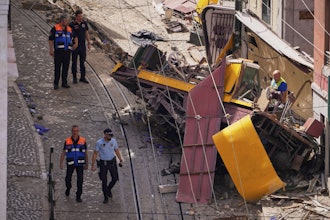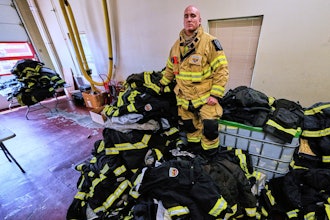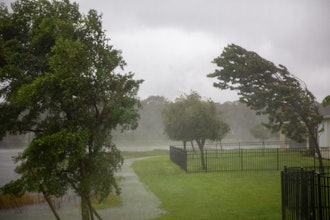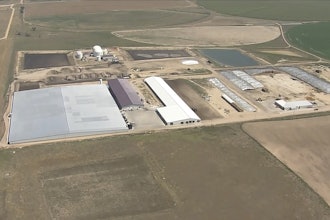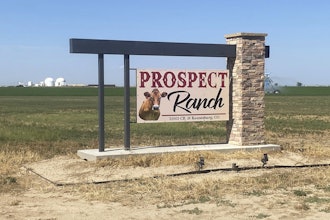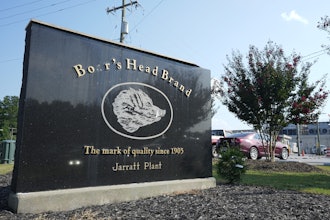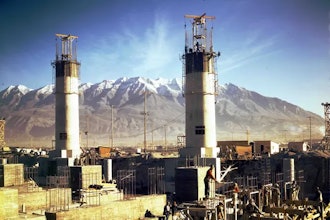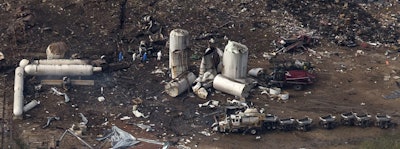
A Texas environmental advocate argues that new chemical plant standards from the Environmental Protection Agency would not adequately warn neighboring residents about potentially dangerous facilities — particularly the at-risk populations more likely to live nearby.
Juan Parras, director of Texas Environmental Justice Advocacy Services, wrote in The Hill that proposed changes to the EPA’s Risk Management Program "would leave communities in the dark."
The EPA earlier this year announced a series of proposed rule changes, including requirements that chemical plants establish risk management plans for hazardous materials and, as part of that process, consider the use of safer alternatives.
The proposal would also increase the amount of publicly available information about chemical facilities, require audits and analyses to identify potential improvements and bolster coordination between plants and local authorities.
EPA officials called the changes "a first step" toward improving "preparedness and prevention efforts in our communities," but they also drew criticism from industry and advocates alike.
Parras argued that the results of the studies into safer alternatives should be shared with neighboring communities, but that the proposed RMP changes "specifically exclude" it.
"If you and your family lived in constant threat of this sort of disaster, don’t you think you should be allowed to know if the facility risking your lives could be using a safer chemical or process instead?" Parras asked.
He added that millions live near potentially hazardous chemical plants, including residents evacuated following a chemical leak from an Exxon Mobil facility in Baytown, Texas, last month.
Those residents are also more likely to be minorities or live in poverty, he noted.
"While millions of Americans live or work in areas threatened by chemical disasters, not every community shares this risk equally," Parras wrote.

